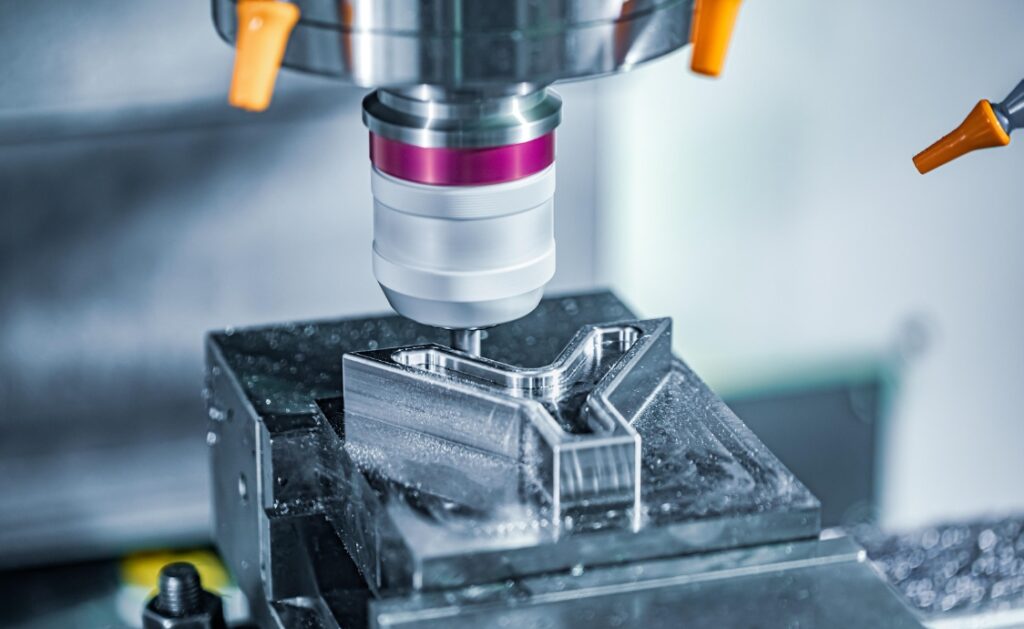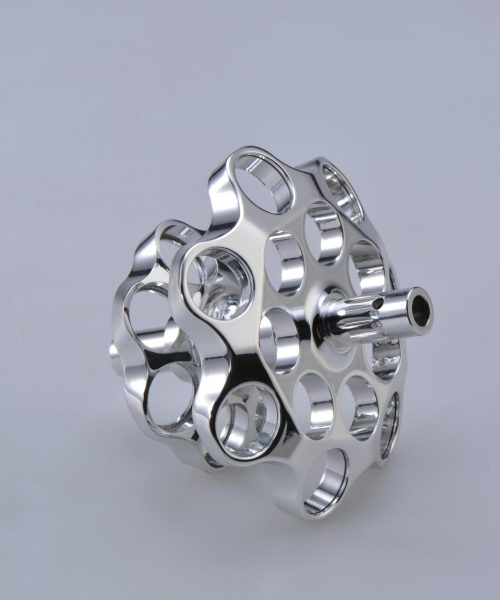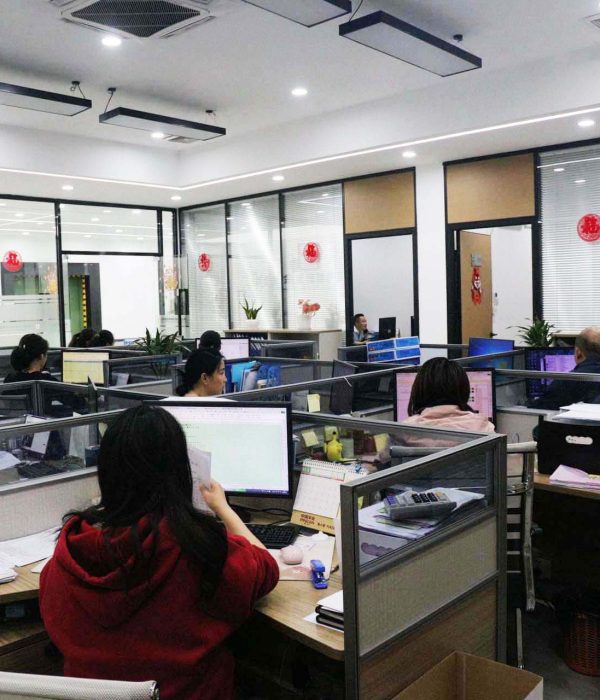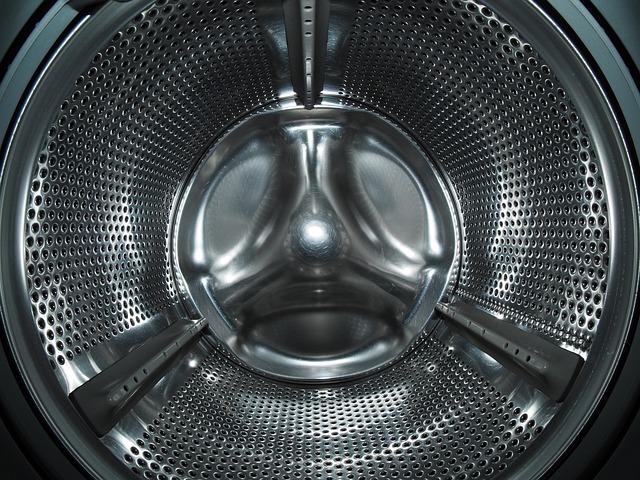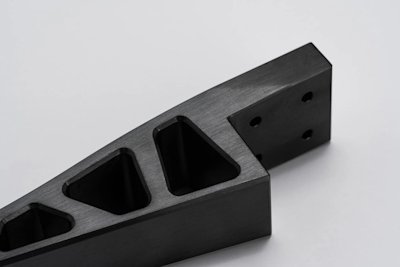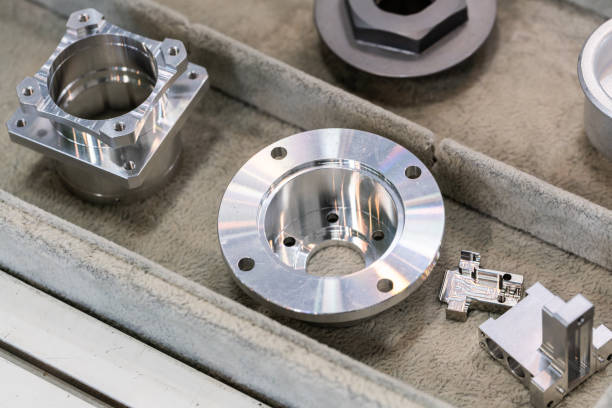Hey there, tech enthusiasts and manufacturing aficionados! Buckle up, because we’re about to dive into an exciting showdown that’s shaping the future of how we make things. In one corner, we have the seasoned veteran, the CNC lathe, and in the other, the plucky newcomer, 3D printing. Both are vying for the title of “King of Future Manufacturing,” and boy, is it a close race!
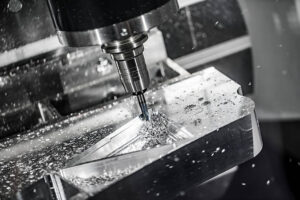

The Manufacturing Revolution: A Tale of Two Technologies
Picture this: You’re standing in a factory of the future. Machines whir and hum, creating objects that boggle the mind. But which machines are running the show? Is it the precise, methodical CNC lathes, or the layer-by-layer magic of 3D printers? Let’s break it down and see what makes each of these contenders tick.
CNC Lathes: The Precision Powerhouse
Imagine you’re a sculptor, but instead of chisels and hammers, you have a computer-controlled machine that can carve out the most intricate designs with mind-blowing accuracy. That’s essentially what a CNC lathe does. It’s like having a master craftsman at your beck and call, ready to create perfect parts day in and day out.
What Makes CNC Lathes So Special?
- Precision That’ll Make Your Head Spin: We’re talking micron-level accuracy here, folks. That’s thinner than a human hair! No wonder aerospace and medical device manufacturers can’t get enough of these babies.
- Efficiency on Steroids: These machines don’t need coffee breaks or lunch hours. They can churn out parts 24/7, making your production rates soar through the roof.
- Consistency is Key: Want 10,000 identical parts? No sweat! CNC lathes are the kings of repeatability, ensuring each piece is a carbon copy of the last.
- Material Madness: From tough-as-nails metals to softer materials, CNC lathes can work with a smorgasbord of options. Talk about being adaptable!
But Wait, There’s a Catch (or Three)
- Ka-ching! That’s the Sound of Your Wallet Crying: Let’s face it, these machines aren’t cheap. The initial investment, plus ongoing maintenance and skilled operators, can put a dent in your budget.
- Complex Shapes? Not So Fast: While CNC lathes are precision masters, they can struggle with super intricate geometries. Sometimes, you just can’t get there from here.
- Flexibility? More Like Rigidity: Once you’ve set up a CNC lathe for a specific part, changing designs is about as easy as teaching an old dog new tricks. It’s possible, but it’ll take some doing.
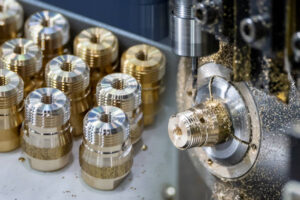

3D Printing: The New Kid on the Block
Now, let’s shift gears and talk about the cool new kid that’s been turning heads in the manufacturing world. 3D printing is like having a mini factory right on your desktop. It’s revolutionizing how we think about making things, one layer at a time.
What’s All the Fuss About 3D Printing?
- Design Freedom Gone Wild: Want to create a part that looks like it defies the laws of physics? With 3D printing, you can let your imagination run wild. It’s like having a genie that can make any shape you dream up.
- Prototype Paradise: Gone are the days of waiting weeks for a prototype. With 3D printing, you can go from digital design to physical part faster than you can say “innovation.”
- Wallet-Friendly for Small Batches: If you’re not looking to make millions of something, 3D printing can be a real money-saver. It’s perfect for those “I just need a few” situations.
- Material Diversity that’ll Make Your Head Spin: From plastics to metals, and even some pretty out-there materials like chocolate (yum!), 3D printing is pushing the boundaries of what’s possible.
But It’s Not All Sunshine and Rainbows
- Precision: Close, But No Cigar: While 3D printing has come a long way, it still can’t quite match the hair-splitting accuracy of CNC lathes. We’re talking “good enough” versus “perfection.”
- Speed: More Tortoise Than Hare: When it comes to churning out large volumes, 3D printing can be a bit of a slowpoke compared to its CNC counterpart.
- Strength in Numbers?: Not Always: In some high-stress applications, 3D printed parts might not have the muscle to keep up with traditionally machined ones.
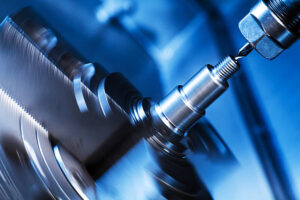

The Million Dollar Question: Who Will Wear the Crown?
Now, I know what you’re thinking: “Come on, just tell me who wins!” But here’s the thing – it’s not that simple. In fact, the future of manufacturing might not have just one king, but two powerful allies working together to create amazing things.
The Future of CNC Lathes: Still Going Strong
- Precision Perfection: In industries where accuracy is a matter of life and death (literally), CNC lathes will continue to reign supreme.
- Mass Production Mastery: When you need to make a gazillion identical parts, CNC lathes will still be the go-to choice.
- Traditional Industries, Modern Methods: From automotive to aerospace, CNC lathes will keep on trucking, producing the high-quality, durable parts we rely on.
The Future of 3D Printing: Innovation Unleashed
- Prototyping Paradise: 3D printing will continue to accelerate product development, letting engineers and designers iterate faster than ever before.
- Customization Nation: Need a one-of-a-kind part or a personalized product? 3D printing will be your best friend.
- Material Revolution: As 3D printing technology evolves, we’ll see an explosion of new materials and applications that we can’t even imagine yet.
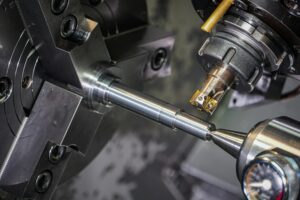

The Plot Twist: Hybrid Manufacturing and Smart Factories
Hold onto your hats, because here’s where things get really exciting. The future of manufacturing isn’t about CNC lathes versus 3D printing – it’s about CNC lathes AND 3D printing working together in perfect harmony.
Imagine a factory where CNC lathes handle the precision work, while 3D printers take care of complex geometries and customizations. It’s like combining the strength of a bodybuilder with the flexibility of a yoga master. This hybrid approach is already starting to take shape, and it’s set to revolutionize how we make things.
But wait, there’s more! Enter the era of smart manufacturing. We’re talking AI, Internet of Things, big data – the whole shebang. These technologies are going to supercharge our factories, making them more efficient, adaptable, and sustainable than ever before.
Picture this: AI-powered systems that can predict maintenance needs before a machine breaks down. 3D printers that can adjust their settings on the fly based on real-time data. CNC lathes that can communicate with each other to optimize production flow. It’s not science fiction – it’s the not-so-distant future of manufacturing.
The Sustainable Angle: Green Manufacturing for a Greener Future
Now, let’s talk about the elephant in the room – sustainability. As we push the boundaries of what’s possible in manufacturing, we also need to consider our impact on the planet. The good news? Both التصنيع الآلي باستخدام الحاسب الآلي and 3D printing are stepping up to the plate.
CNC Machining: Waste Not, Want Not
CNC machining has been around for a while, but it’s not resting on its laurels when it comes to sustainability. Here’s how it’s going green:
- Precision Equals Less Waste: The extreme accuracy of CNC machining means less material waste. It’s like being a master chef who uses every part of the ingredient.
- Recycling Revolution: Many materials used in CNC machining, especially metals, can be recycled and reused. It’s the circle of life, manufacturing edition!
- Energy Efficiency Upgrades: Modern CNC machines are becoming more energy-efficient, reducing their carbon footprint. It’s like putting the whole factory on a green diet.
3D Printing: Building a Sustainable Future, Layer by Layer
3D printing, being the new kid on the block, has sustainability built into its DNA. Check out these eco-friendly features:
- Additive, Not Subtractive: Unlike traditional manufacturing that cuts away material, 3D printing only uses what it needs. Less waste, more efficiency!
- Local Production, Global Impact: 3D printing can help reduce transportation emissions by allowing products to be made closer to where they’re needed. Think globally, print locally!
- Biodegradable Materials: Some 3D printing materials are biodegradable, opening up a whole new world of eco-friendly manufacturing possibilities.
The Human Touch: How These Technologies Are Changing the Workforce
Now, I know what some of you might be thinking: “Are these machines going to take our jobs?” It’s a valid concern, but fear not! While the nature of manufacturing jobs is changing, humans are still very much in the picture.
The Evolution of Manufacturing Jobs
- From Operator to Overseer: Instead of manually operating machines, workers are becoming supervisors and problem-solvers, managing complex automated systems.
- Digital Skills in Demand: There’s a growing need for workers skilled in CAD design, programming, and data analysis. It’s like leveling up in a video game, but for your career!
- Creativity Unleashed: With technologies like 3D printing opening up new design possibilities, there’s more room than ever for creative thinking in manufacturing.
Wikipedia explanation about CNC lathes: https://en.wikipedia.org/wiki/Lathe
The Global Impact: Reshaping Industries and Economies
The battle between CNC lathes and 3D printing isn’t just changing how we make things – it’s reshaping entire industries and economies. Let’s take a whirlwind tour of some key areas feeling the impact:
Healthcare: Precision Medicine and Customized Care
Imagine getting a hip replacement that’s custom-made for your body, or a drug dosage tailored to your exact needs. CNC machining is making ultra-precise medical devices a reality, while 3D printing is revolutionizing everything from prosthetics to pharmaceuticals. It’s like having a doctor with superpowers!
Aerospace: Lighter, Stronger, Faster
In the race to make planes and spacecraft lighter and more efficient, both CNC machining and 3D printing are taking off (pun intended). CNC lathes are crafting engine parts with mind-boggling precision, while 3D printing is creating complex, lightweight structures that were once impossible to manufacture. The sky’s no longer the limit!
Automotive: Driving into the Future
From prototyping new designs to manufacturing custom parts, these technologies are accelerating innovation in the automotive industry. It’s like giving car manufacturers a turbo boost!
Fashion and Consumer Goods: Personalization Nation
3D printing is opening up new frontiers in personalized fashion and consumer products. Want shoes that fit like a glove or a phone case that’s uniquely you? 3D printing’s got you covered. It’s mass customization on a whole new level.
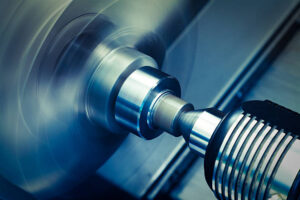

The Road Ahead: Challenges and Opportunities
As exciting as all this is, we can’t ignore the challenges that come with such rapid technological change. Here are a few hurdles we’ll need to overcome:
- Skill Gap: We need to train workers for the jobs of tomorrow, today. It’s like trying to hit a moving target, but with the right education and training programs, we can do it.
- Regulation and Standards: As these technologies evolve, so too must our regulatory frameworks. It’s a bit like trying to write rules for a game while it’s still being invented.
- Cybersecurity: With more connected devices in our factories, protecting against cyber threats becomes crucial. It’s like needing a really good lock for your digital front door.
- Material Science: We need to keep pushing the boundaries of material science to unlock the full potential of these technologies. It’s like being an alchemist, but with cool machines instead of bubbling potions.
Wikipedia explanation about 3D printing: https://en.wikipedia.org/wiki/3D_printing
Conclusion: The Power of Synergy
So, who will be the king of future manufacturing? The truth is, it’s not about crowning a single victor. The real magic happens when we combine the strengths of CNC lathes and 3D printing, creating a manufacturing ecosystem that’s greater than the sum of its parts.
As we look to the future, one thing is clear: the world of manufacturing is becoming more exciting, more innovative, and more impactful than ever before. Whether it’s the precision of CNC machining or the flexibility of 3D printing, these technologies are working together to shape a future where we can make anything we can imagine, faster, better, and more sustainably than ever before.
So, the next time you pick up a product, take a moment to appreciate the incredible journey it took to reach your hands. It might have been crafted by a precise CNC lathe, brought to life by a 3D printer, or created through a perfect blend of both technologies. In the end, it’s not about CNC vs. 3D printing – it’s about harnessing the best of both worlds to create a manufacturing future that’s nothing short of amazing.
And who knows? Maybe the real kings of future manufacturing will be the innovative minds who find new ways to combine these technologies, pushing the boundaries of what’s possible and ushering in a new era of creation and innovation. So here’s to the future of manufacturing – may it be as exciting and full of possibilities as the technologies driving it forward!

